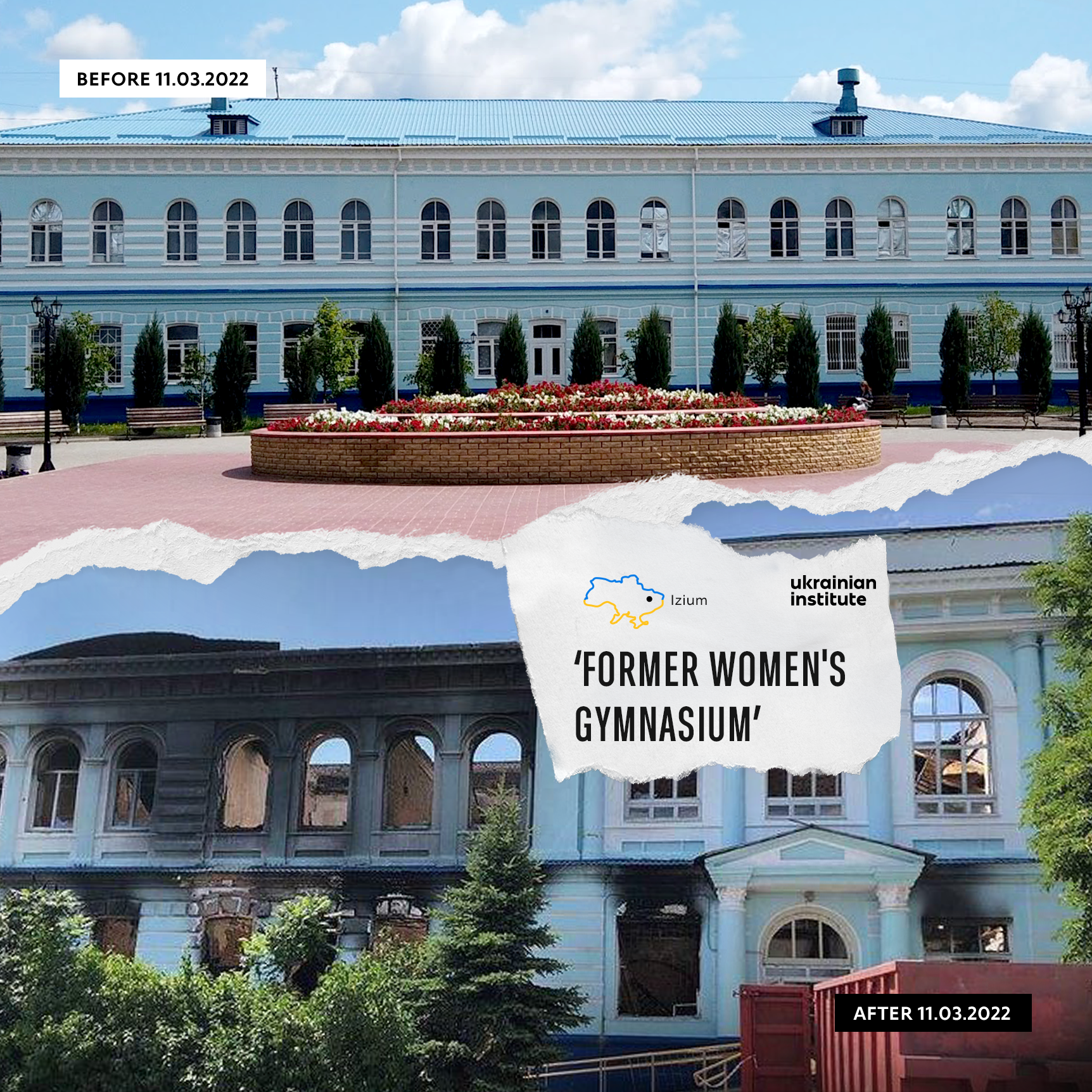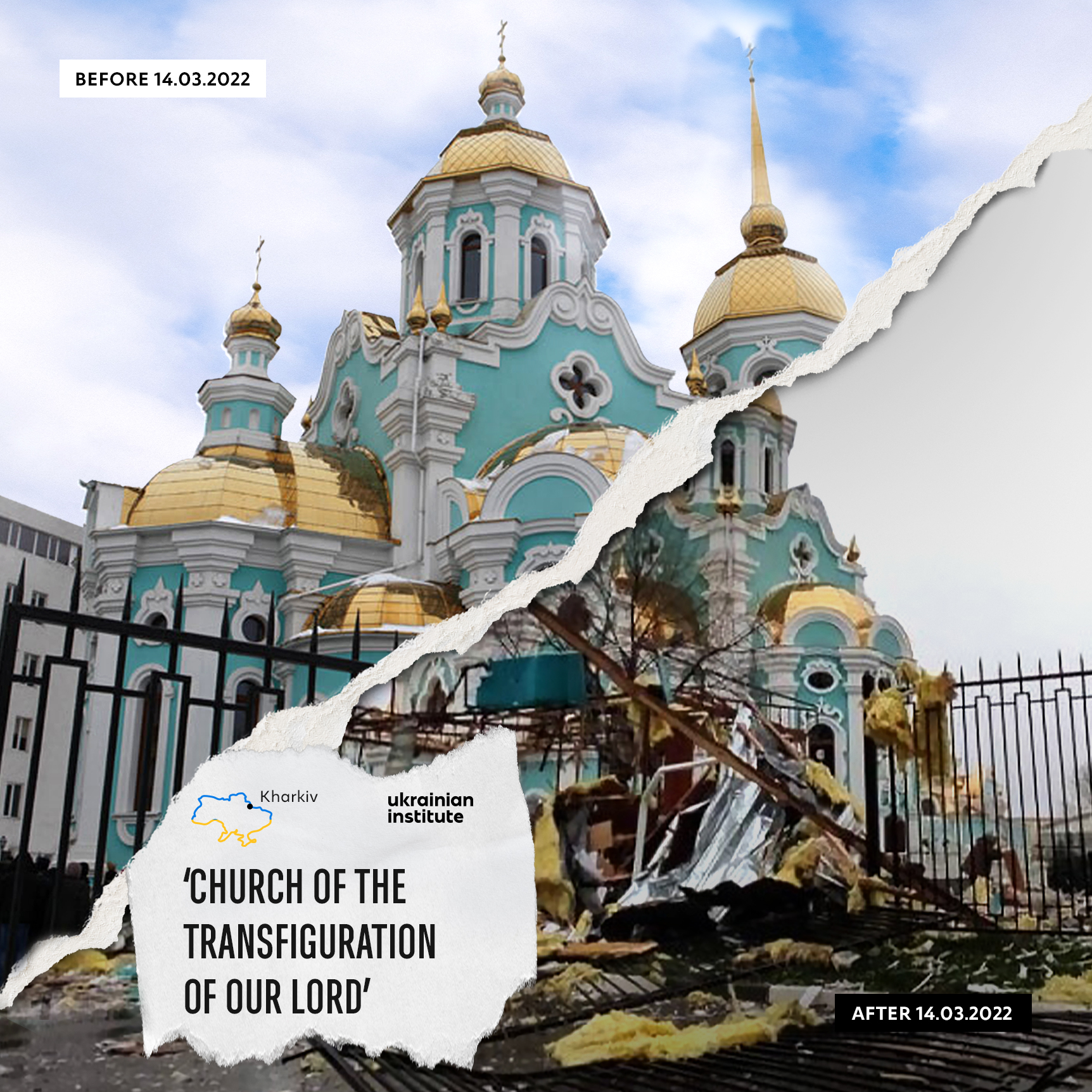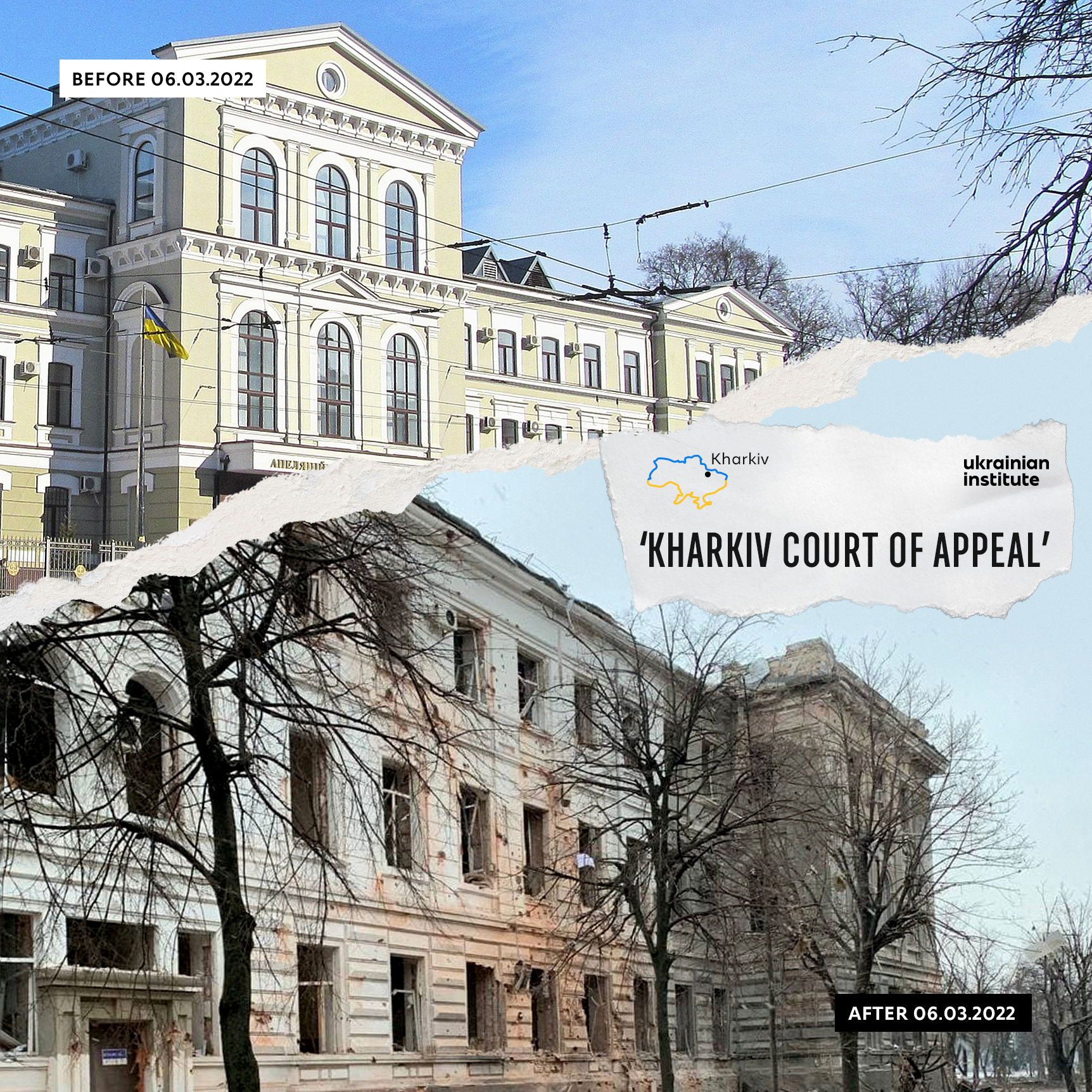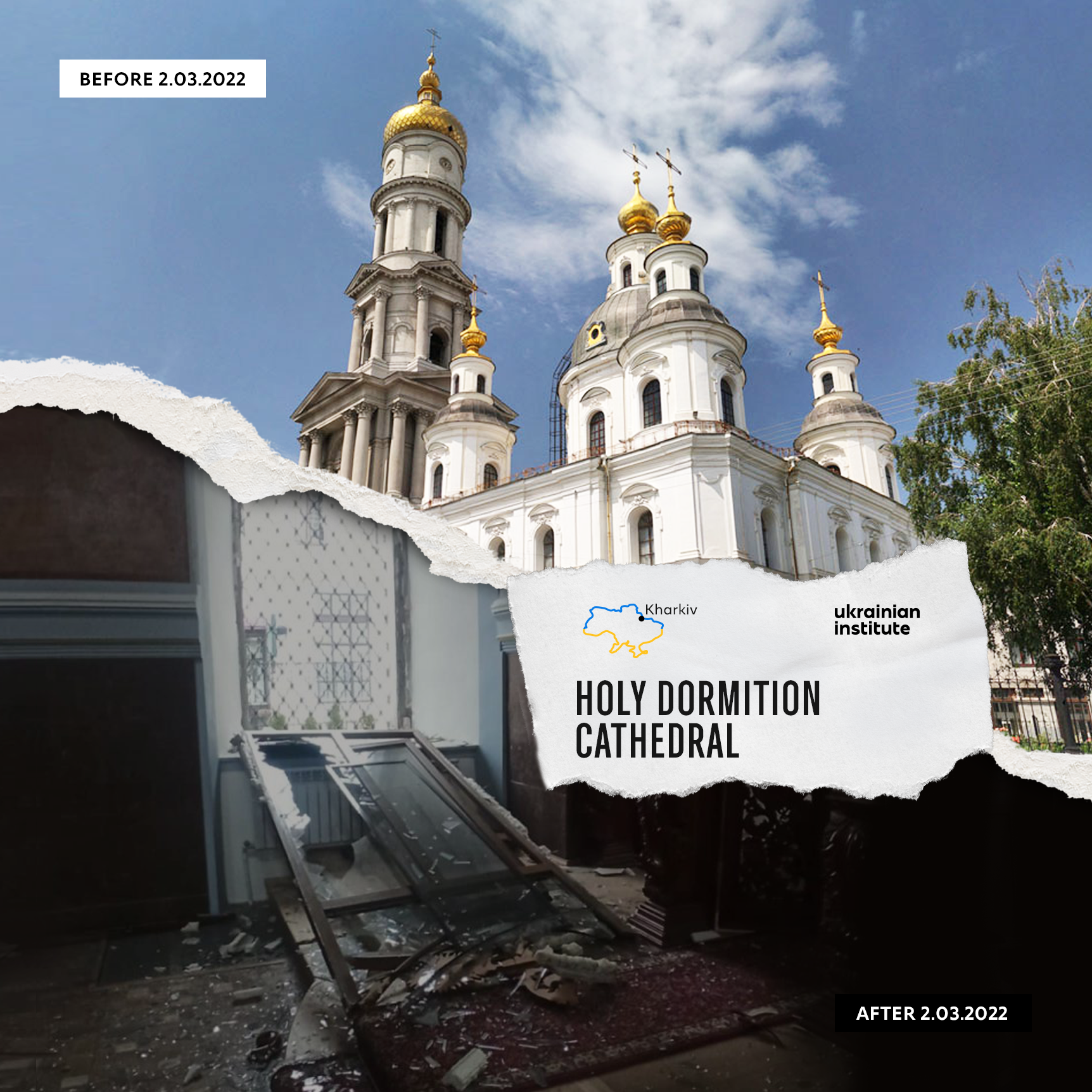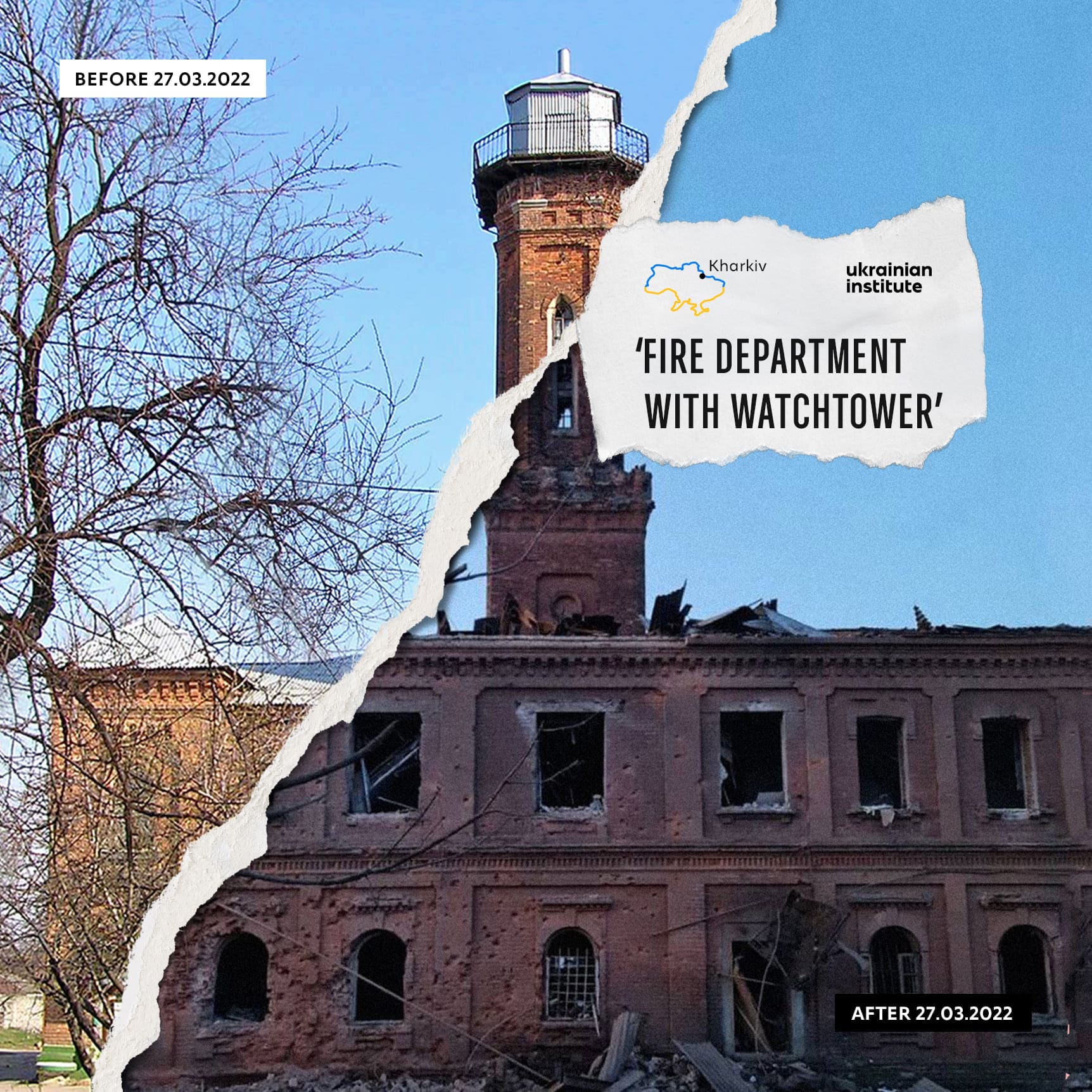
One of the largest Fine Arts museums of Ukraine. The museum’s collection is one of the oldest and most valuable artistic properties of Ukraine.
Sometimes two stories intertwine in one place. This is exactly the case with the collection of the Kharkiv Art Museum and the building that has housed it since the middle of the 20th century.
The university museum’s art collection was initiated in 1805 when Vasyl Karazin, the founder of Kharkiv University and a prominent Ukrainian academic and public figure, purchased around 2,500 graphic sheets by Western European artists. These were the works of outstanding artists of the 16th–18th centuries: Albrecht Dürer, Pieter Bruegel the Elder, Antony van Dyck, Hendrick Goltzius, Luca Giordano, François Boucher. Over time, the university’s alumni expanded the collection, in particular, with the works by European painters of the 17th–18th centuries and more than 3,000 gravures by artists of various European schools.
By the time World War II began, the museum’s collection comprised more than 75,000 exhibits and was one of the best in the USSR. It included the works of not only Western European but also Ukrainian and Russian artists, such as Ilya Repin, Taras Shevchenko, Serhii Vasylkivskyi, Grigoriy Myasoyedov, Ivan Shishkin, Nikolai Ge, and Vasily Surikov. However, the Soviet authorities did not include the museum’s collection in an evacuation plan when the war broke out. As a result, only the most valuable exhibits were transported abroad, amounting to only about 4,700 items, or 6%. The Nazis took to Germany a significant part of the collection that remained under the occupation and burned the rest during their retreat from Kharkiv in 1943.
The building where the Kharkiv Art Museum has been located since 1944 has a history of its own. The house was commissioned by the Kharkiv millionaire and industrialist, Ivan Ihnatishchev. It was built in 1912–1914 and designed by the architect and academic Oleksii Beketov. The Neo-Rennaissance estate is combined with the elements of modernism, which was common at the turn of the 20th century.
Ihnatishchev’s ownership of the two-storey building was short-lived since it was nationalised by the Bolsheviks at the very beginning of the Bolshevik Revolution. The building consequently housed various administrative Soviet institutions, and, from 1932 to 1940, the Research Institute of Literary Studies, named after Taras Shevchenko, was located there. At the end of the Second World War, the Kharkiv Art Museum finally gained its own place here, whose collection was yet to be painstakingly restored.
Almost 80 years have passed. The museum has expanded to 25 halls and 25,000 exhibits of Western European, Ukrainian, and Russian painting, graphics, sculpture, and decorative as well as applied art, covering the period from the 15th to the 21st century and representing the evolution of European art. Herms with maidens’ heads on the main facade of the former manor, a stained-glass window from the beginning of the 20th century, and an original fireplace in the former dining room of Ihnatishchev have also been preserved.
At the end of February 2022, the Kharkiv Art Museum once again witnessed war. This time, it was Russia’s full-scale invasion of Ukraine. During the shelling of the city, the Russian troops damaged the facades, windows, and stained glass of the building. As almost 80 years ago, the museum’s staff has been trying to save the exhibits of one of the largest art museums in Ukraine. This place used to reveal the beautiful and sublime worlds to visitors and introduce them to European, including Ukrainian, culture. And today, the museum has to withstand the cruelty of the Russian army, ruthless towards beauty and life.
The site that once held memories may now turn into a memory itself.









